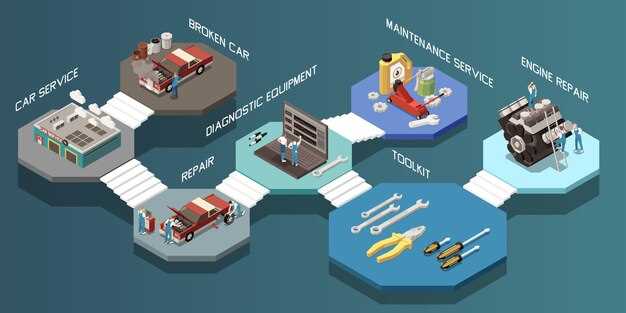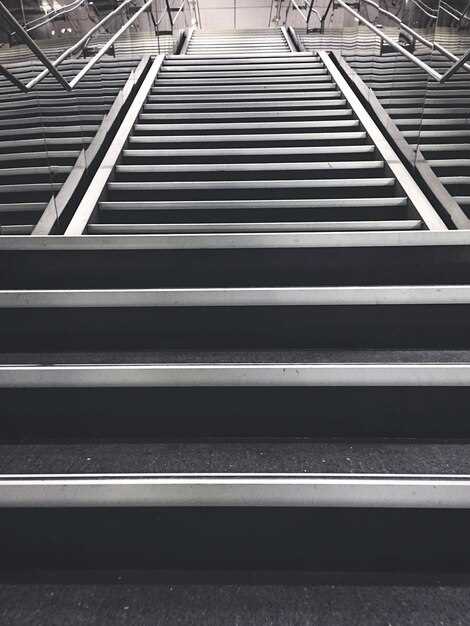
In the world of motorsport, safety is paramount. One of the foremost elements contributing to the safety of a racing vehicle is the roll cage. These structural frameworks provide critical protection to the driver and co-pilot, especially in the event of a rollover or collision. Understanding the dynamics of roll cage design is essential for engineers and teams aiming to achieve optimal performance while adhering to strict regulatory standards.
The Fédération Internationale de l’Automobile (FIA) has established comprehensive compliance standards for roll cage construction. These standards ensure that every roll cage is robust enough to withstand the forces experienced during a crash. Adhering to these guidelines not only enhances the safety of the vehicle but also impacts its overall performance on the track. Teams must effectively balance innovative design with regulatory compliance to maximize both safety and speed.
Effective roll cage design strategies involve meticulous analysis of materials, tubing configurations, and joint reinforcements. Engineers must consider factors such as weight distribution and structural integrity, all while keeping in mind FIA regulations. By employing advanced simulation tools and real-world testing, teams can refine their roll cage designs to both protect their drivers and improve their competitive edge. The integration of cutting-edge materials and techniques further aids in achieving a roll cage that meets the highest safety standards without compromising vehicle dynamics.
Material Selection for Roll Cage Construction and Its Impact on Safety

The selection of materials for roll cage construction is a critical aspect that directly influences the safety and performance of a racing vehicle. Various materials are utilized, each with distinct properties that can enhance or compromise the effectiveness of the roll cage.
Steel, particularly high-strength low-alloy (HSLA) steel, is a popular choice for roll cages due to its excellent strength-to-weight ratio, ductility, and availability. The use of chromoly steel, which is an alloy of steel with chromium and molybdenum, provides superior tensile strength and weldability, making it ideal for high-performance applications. However, chromoly can be more expensive and requires skilled fabrication techniques to ensure safety compliance.
Aluminum is another material gaining traction due to its lighter weight, which can improve vehicle handling and acceleration. While aluminum roll cages can reduce overall vehicle weight, they often have reduced strength compared to steel options. This can affect the cage’s ability to withstand impacts, necessitating careful design considerations to meet safety standards.
Carbon fiber is a high-performance material known for its exceptional strength and lightness. However, the cost and complexity of manufacturing carbon fiber roll cages may limit their widespread use in racing. This material often requires specialized bonding techniques and can have different failure characteristics compared to metals, impacting overall safety during crashes.
Composite materials offer the potential for innovative roll cage designs. These materials can combine the strengths of various substances to optimize impact resistance and weight savings. However, their unpredictable failure modes and lack of regulatory acceptance make them less common in mainstream applications.
Ultimately, the choice of material must consider not only the weight and cost but also the specific safety requirements outlined by international governing bodies like the FIA. Compliance with these regulations is essential for ensuring that roll cages perform effectively under stress, providing the necessary protection to drivers during collisions. Proper testing and validation of materials further reinforce their suitability in roll cage construction, ensuring maximum safety on the track.
Key Design Features to Enhance Structural Integrity and Driver Protection
The design of a roll cage plays a crucial role in ensuring driver safety and vehicle integrity during motorsport events. Several key features directly influence the structural strength and protective capabilities of a roll cage.
First and foremost, material selection is vital. High-strength steel or chromoly tubing is often utilized due to their excellent strength-to-weight ratios. These materials contribute to a robust structure capable of withstanding extreme forces during collisions.
A well-designed roll cage must adhere to specific geometrical configurations. The incorporation of diagonal braces enhances stiffness by distributing loads more evenly throughout the structure. Triangulation between main elements is essential in improving overall rigidity and energy absorption during an impact.
Furthermore, the placement and design of the main hoop and side intrusion bars are critical. The main hoop should be positioned as close to the driver’s head as possible while allowing sufficient clearance. Side intrusion bars are necessary to protect against lateral impacts, reinforcing the side panels of the vehicle.
Another essential feature is the use of a proper mounting system. Ensuring that the roll cage is securely anchored to the vehicle chassis enhances its effectiveness. This can involve using multi-point mounts and reinforcement plates that distribute stress and prevent failure at the joints.
Additionally, adherence to FIA compliance standards can guide the design process. Following these regulations not only ensures safety but also facilitates participation in sanctioned events. Regular inspections and approval from governing bodies help maintain the integrity of the design.
Lastly, cockpit ergonomics should not be overlooked. The design must allow for adequate space within the vehicle while maintaining protective barriers. Proper padding on high-impact areas can significantly reduce injury risk during a collision.
In summary, a well-engineered roll cage combines advanced materials, optimal geometrical configurations, secure mounting techniques, and compliance with FIA standards to enhance structural integrity and protect the driver effectively.
Navigating FIA Compliance Standards: Steps for Successful Roll Cage Certification

Achieving FIA compliance for roll cage design is vital for ensuring safety in motorsport activities. The process involves several key steps that must be meticulously followed to guarantee that the roll cage meets all necessary regulations.
First, familiarize yourself with the latest FIA safety regulations, particularly those referenced in the FIA International Sporting Code and the relevant appendices that outline requirements for roll cages. Understanding the specific guidelines regarding materials, tube dimensions, and structural integrity is imperative for compliance.
Next, select the appropriate materials that align with FIA standards. The most commonly used materials are high-strength steel alloys, which provide the necessary balance between weight and strength. Ensure that all components are sourced from reputable suppliers to maintain quality and reliability.
Once materials are chosen, develop a detailed design that adheres to FIA schematic standards. Computer-aided design (CAD) software can be beneficial to create precise models and simulations. It is crucial that all welds and joints are designed for maximum strength, as this will directly impact the overall safety of the roll cage during a potential crash.
After finalizing the design, proceed with the fabrication process. Employ skilled technicians who have experience in roll cage construction to ensure that every part is built to specification. During this phase, regular inspections and quality control checks should be implemented to detect any discrepancies early on.
Upon completion of the roll cage, it must undergo rigorous testing to verify its compliance with FIA standards. This may include static tests to assess structural integrity under load, as well as dynamic tests that simulate real-world impact scenarios. Documenting these results is essential for the certification process.
Finally, submit the roll cage for official inspection by FIA-accredited personnel. Provide them with all relevant documentation, including design plans, testing results, and materials specifications. Upon approval, you will receive a certification that confirms your roll cage meets FIA safety standards, ensuring both compliance and enhanced safety for drivers.



